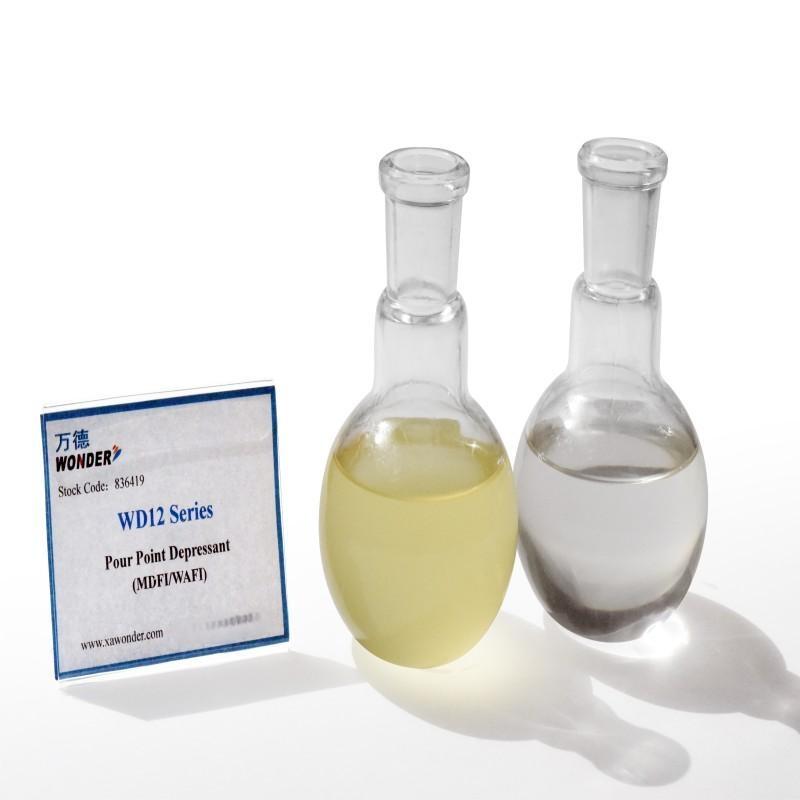-
Categories
-
Pharmaceutical Intermediates
-
Active Pharmaceutical Ingredients
-
Food Additives
- Industrial Coatings
- Agrochemicals
- Dyes and Pigments
- Surfactant
- Flavors and Fragrances
- Chemical Reagents
- Catalyst and Auxiliary
- Natural Products
- Inorganic Chemistry
-
Organic Chemistry
-
Biochemical Engineering
- Analytical Chemistry
-
Cosmetic Ingredient
- Water Treatment Chemical
-
Pharmaceutical Intermediates
Promotion
ECHEMI Mall
Wholesale
Weekly Price
Exhibition
News
-
Trade Service
Tightening supply pushes up oil prices
in the short term.
On November 4, Beijing time, WTI crude oil futures rose 3.
00% in the day and are now at $90.
59 / barrel; Brent crude oil futures broke through $97 / barrel, up 2.
73% in the day, both updating the price high of
nearly a month.
On the news, OPEC decided to sharply cut crude oil production by 2 million barrels
per day from November.
U.
S.
crude oil depots fell unexpectedly last week, falling 3.
1 million barrels to 436.
83 million barrels in the week ended Oct.
28, compared with 367,000 barrels
expected by analysts, according to the latest U.
S.
Energy Information Administration (EIA) inventory report.
Jinxin futures analysis said that this week's US commercial crude oil inventories have been sharply destocked, coupled with the unexpected decline in US crude oil production last week, and the status quo of tight supply supports crude oil prices to rise
in the short term.
Since October, international oil prices have fluctuated
sharply.
According to Tonglian data, WTI crude oil futures prices once soared to $93 / barrel and fell back to around
$84 / barrel.
Brent crude futures fell to $90 a barrel
from $98/b.
With the market's capital expenditure on traditional energy sources significantly reduced, the increase in crude oil capacity supply is still insufficient
.
Some people say that in general, in the past two years, the related capital expenditure has increased driven by rising oil prices, but there is still a big gap
from the 2019 high.
"From the perspective of corporate financial data, the main direction of cash outflow from overseas oil and gas listed companies in recent years is debt repayment and shareholder dividends
.
In other words, under the background of the epidemic, oil prices have increased volatility, and oil and gas companies are more willing to optimize their capital structure
than expand production capacity.
Guo Zhaohui, chief commodity analyst of CICC, analyzed at the 2022 Global Crude Oil Market Seminar on November 3 that this is also the reason for the relative reduction of capital expenditure in the crude oil industry, and in the long run, the bottleneck of crude oil capacity caused by insufficient capital expenditure cannot be ignored
.
It is worth mentioning that the speed of crude oil production resumption is not absolutely limited by low capital expenditure
.
Guo Zhaohui analyzed that if emerging growth drivers appear on the demand side, it may aggravate the supply shortage, thereby supporting
crude oil prices.
But for now, it seems that the growth on the demand side has not yet occurred
.
On the demand side, OPEC released its World Petroleum Outlook 2022 report this week saying world oil demand will reach 103 million b/d by 2023, up 2.
7 million b/d
from 2022.
Total demand in 2023 is 1.
4 million barrels
higher than last year's forecast.
OPEC's forecast is markedly different from that of the International Energy Agency and the U.
S.
Energy Agency, especially as the U.
S.
Energy Agency expects crude oil demand to grow by only 1.
48 million b/d
next year.
Yang An, head of energy and chemical research at Haitong Futures, believes that OPEC is more optimistic
about demand forecasts in order to strengthen market confidence.
However, macro interest rate hikes suppressed oil prices and the weak demand outlook of crude oil consuming countries, which kept oil prices under pressure
.
Yang expects the market to be dominated by wait-and-see sentiment, which may fluctuate sharply at any time, and advised investors to participate
cautiously.
In the domestic market, international oil prices stabilized and rebounded in Asian electronic intraday on Friday, with the main SC crude oil contract closing up 2%, and the overall recovery of domestic crude oil
.
At present, SC crude oil futures have become an important part of the international crude oil system, and Zhang Hongmin, director of the third department of commodity department of Shanghai International Energy Trading Center, also introduced at the above meeting that SC crude oil futures prices more accurately and quickly reflect the supply and demand relationship
in the domestic crude oil market.
In addition, SC crude oil also drives the trading volume of WTI crude oil futures and Brent crude oil futures during the Asian trading session, which is not a mirror performance
of foreign prices.







